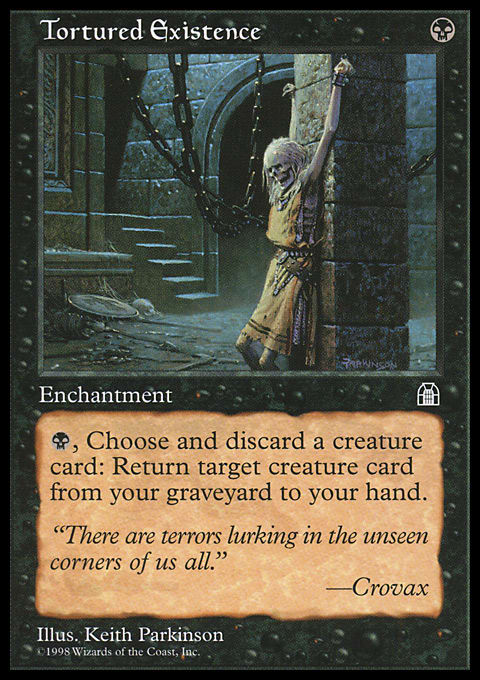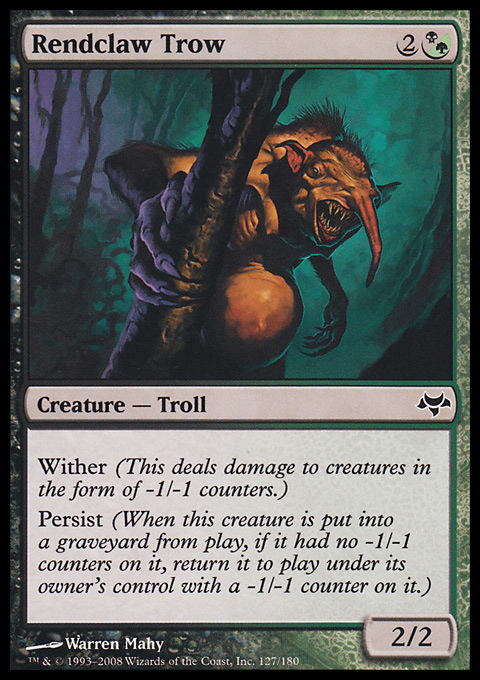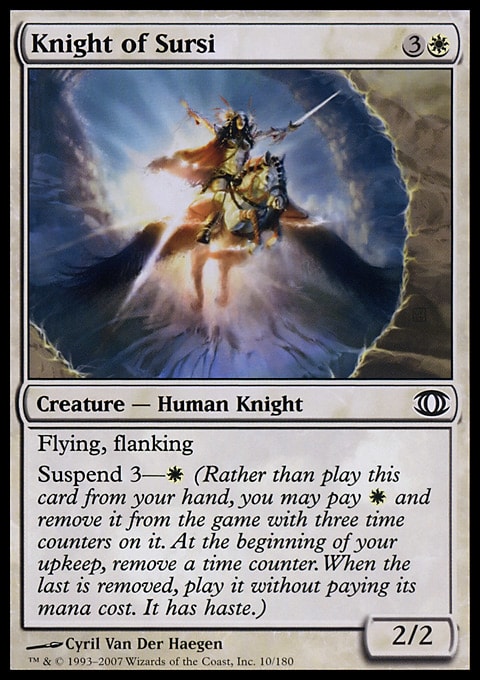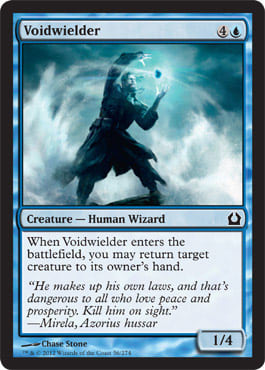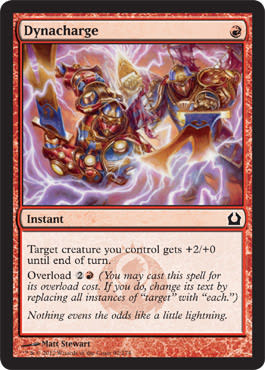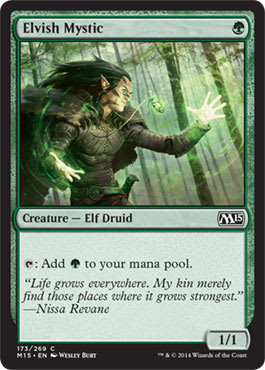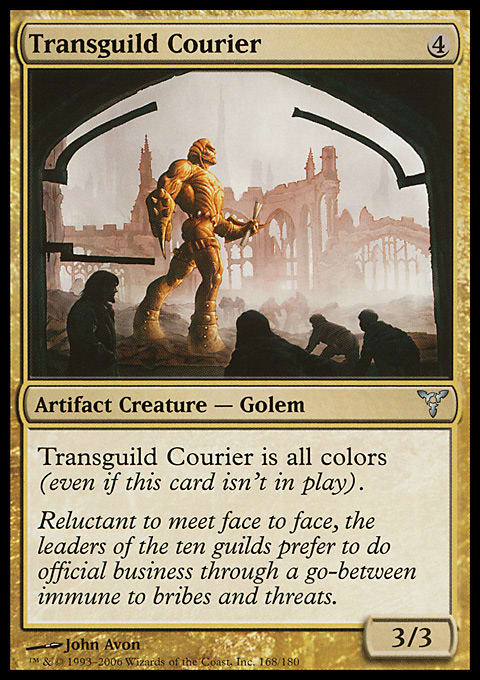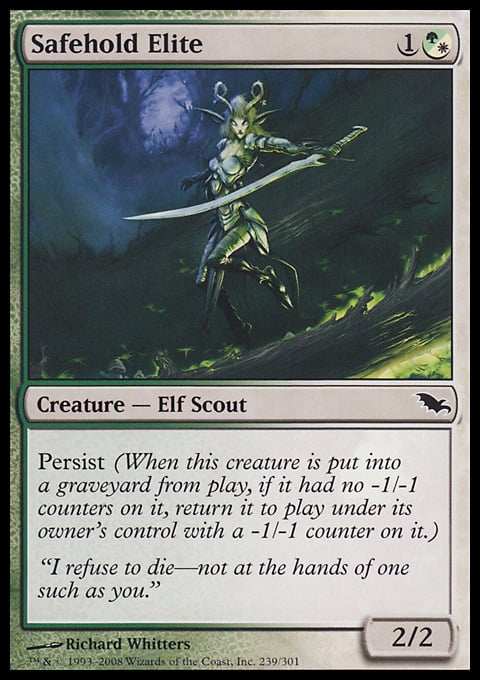My name is Alex Ullman, and I play Pauper. Playing Magic with only commons gives insight into the core philosophies of the colors. After twenty years, certain themes and tropes are bound to repeat at the lowest rarity, and that provides a window to the color pie. As Mark Rosewater says, “If your theme is not at common, it isn’t your theme.” In that sense, Pauper is all theme.
And that’s why I’m going to write about my Pauper Cube and its development. I want to discuss design and theme as it relates to Cube drafting with all commons.
My Cube has been featured on this website before, but I recently decided to make some sweeping changes. Recent Drafts have shown that my Cube is lacking a certain something and is in need of some care. This is not a new story.
This Cube started many years ago, originally as a way to teach young gamers at my local store how to draft. While this never came to fruition, I befriended a local Magician by the name of Seth Burn. Seth was an old-school Magic pro and had a hand in some important decks, including the Stupid Green Deck that took U.S. Nationals 1998 by storm. Seth and I bonded over Magic. We would convene on Drafts with other locals at my apartment and spend many evenings battling each other in one-on-one Cube Drafts. Winston, Winchester, Grid, it didn’t matter; we did it all. In order to see more cards, we would eventually draft three times the normal stack of cards and then build three decks each and battle three matches, best of five.
We played a lot of games.
Over time, Seth took a more dominant role in the development of the Cube. This helped to cut a lot of the chaff and filled my common stack with cards that were good in a vacuum. It wasn’t until I moved for a new job (and away from these weekly sessions) that I began to notice something wrong. The work we had done on the Cube had tuned it for one-on-one play. The cards were all individually powerful. It was not ready for a six- or eight-person pod. There were no build-around first picks. Playing against Seth had created a card pool of powerful effects and had deprived larger Draft pods of decks. In other words, there were always going to be people battling with Boros aggro and Dimir tempo, but potentially potent decks like Golgari Tortured Existence were nowhere to be found.
So that leaves me in the position I am today: with a Cube built around good cards but without an actual Draft environment. That’s going to change.
The best place to start is with the Cube itself. Here it is.
This Cube has a few minor issues. The color balance is archaic, and I’m not sure it actually exists. The goal was to give every color pair access to the same number of cards. Seth was adamant that hybrid cards not count as gold since they were easier to cast than gold cards. While this is correct, it wreaked havoc on the design of the Cube in that it reduced the number of cards for certain colors. Just take a look at the monochromatic balance:

Moving forward, the following cards will count towards their guilds:
- Gold (traditional multicolored)
- Hybrid
- Off-color kicker
- Off-color activation
Will this mean green might get some extra love with Safehold Elite and Rendclaw Trow? Yes, but if it proves to be a problem, it can be fixed later. This change also means setting limits on the colored and multicolored sections. The old system (wherein each pair had access to the same total number of cards) proved problematic in that it became very easy to build mono-colored decks, and the colors with lower card counts (cough, green, cough) were relegated to support roles by virtue of the number of cards available.
The fix for this issue is relatively easy. For now, each color will have sixty-six cards, and each guild will have six dedicated cards. Counting the artifacts and lands currently in the Cube, this will give it a count of four hundred thirty-three cards. Seems good for a start.
Since this will require making some changes, I’ve tagged certain cards in my Cube list for removal. These cards are indicated by italics. What will replace them? Well, this leads me to another problem. The colors are not very well defined in the Cube. Yes, they all have a general feel, but I never put have put cards into the Cube wondering if they fit what I want to the color to be. Now is a good a time as any to start that process!
White
White should be the color of the army. It should have access to the best small creatures (those that cost 1, 2, and 3). White is martial and should be skilled in combat, and this is represented in combat-based removal and in temporary creature buffs. White’s removal should also be temporary—if the color is just, any punishment it hands down (outside of combat) should be undoable.
In composition, white should err on the side of creatures. While not the creature color (like green), white should be able to muster a well-tuned fighting machine. I want to keep the creature count in the 68%–75% range, and I seem to be hitting that mark.
White should be a main color in aggressive decks and a support color in slower decks. This means that the removal should skew more expensive (3 or more mana) while the creatures should be toward the start of the mana curve.
Thankfully, my white section does not stray too far from these concepts. A few cards—Angelic Edict and Iona's Judgement—break the rules of removal, so they’ll probably be excised moving forward. Most of the noncombat removal is enchantment-based, meaning I’m going to have to work hard to give red and black (two colors known for their weaknesses to enchantments) some extra oomph against the Plains. The creatures in white are concentrated on the early side of the curve, and some of the more expensive creatures, such as Knight of Sursi and Razor Golem, come with discounts. It is possible white has too much cheap removal (see Sunlance, Righteous Blow, and Pacifism), but unless this proves an issue, they are likely to stay put.

The mana curve for white also looks solid. It has a steady increase from 1 to 3 and then dips down. White should have a late game, but it should be in support of the early army. As the development process moves forward, I will be looking for ways to increase white’s midgame (turns four and five).
Blue
Blue is going to be a challenge. Historically one of the best colors, it is supposed to focus on spells. When I was coming up with keywords to describe blue, I put down “thoughtful and ephemeral.” In older versions of the Cube, blue had great tools for both beatdown and control—it had no real weakness. The reason I wrote down ephemeral is that I wanted to rein in blue beatdown and make it a secondary attribute. Blue should be about the spells first, messing with magic and focusing on the tangible world second. The creatures in blue should not be weak, but they should be weaker and have some glaring holes.
Following this, blue should lean toward spells. Now, this is Limited, so I don’t want to dip blue’s creature count too low. Right now, I have it at 60%, and I could see pushing it a touch higher. The creatures blue summons tend to be smaller, and many come with spell effects, such as Voidwielder.
Blue should have access to removal above and beyond counters—it needs some way to handle things that have managed to hit the battlefield. Narcolepsy and Claustrophobia are good answers that can be answered. The colors that rely more on creatures may need access to some Savage Surge–style effects if blue proves to be oppressive.

Right now, I am wary of some of blue’s aggressive options. Cloud Spirit, Rishadan Airship, and Infiltrator il-Kor all highlight the weakness of blue’s creatures (in toughness), but they can do a lot of damage for their costs and seem out of place. The curve for blue also looks a hair aggressive, with a ton of spells coming at 2 and 3. While many of these are reactive (think Counterspell), having these spells active early could hurt other decks and is something to watch out for. Other than that, blue looks to be right about where I want it. Some other cards are up for cut (such as the underperforming Skywatcher Adept), but for the most part, the Islands are safe . . . just like in the zombie films.
Black
Speaking of zombies, black has a ton of great spells, and they’re all good at doing the same thing, which is killing. Black is the color of death, and it works with both ends of the deal: smiting enemies and then bringing friends back, albeit a bit more rotten. Black’s creatures should be of average speed, but there should be an opening for an aggressive deck if the Swamp magus is willing to pay something extra—say a few life points. Finally, devotion was made for the self-interested black mage, and black cards are going to play well with each other, more so than the other colors.
Black should rely more on creatures than on spells, in part to keep the number of removal spells and Raise Dead effects down in the Cube. As of the time of writing, black matches up with blue on the split, and that is something that will need to be addressed. There is also a lingering thought I have had for a few months of removing most of the “absolute” kill spells from the Cube (as has been done in recent Draft formats), but that’s a topic unto itself.
Black also needs to up its sacrifice game. This will help it play nicely with other colors (which I will get to in the guild section) while also giving it an out to white’s Aura-based removal. I also am in search of spells in black that do not pluck creatures from the graveyard or put them there. While discard spells are the next logical option, the Cube is not currently in a place where they will have a high enough impact.

Black’s curve definitely plays up its role as the early aggressor. In fact, black has more 2s than any other color. Like blue, this is aided to a certain degree by the abundance of removal that costs 2. Having so much removal be cheaper than many creatures (as the mode for casting cost is 3) creates games in which monsters do not stick around. In order to keep the Cube healthy for decks of all stripes, black’s curve should shift toward the right, focusing on the removal available. Since part of what black needs is more creatures, removing removal will come in the earlier updates.
Red
If red commons are some of the hardest to design, it follows that the red section will also be a challenge. Red should be aggressive and reckless. It lends itself to an aggressive strategy and throwing its army headlong at the adversary. Red can also play on the emotions of the game, either enflaming its own horde or making an opponent act the turncoat.
Similar to black, red should lean toward creatures. Just like black, it currently has a few too many spells for my liking. These spells are also redundant—a lot of burn. As the Cube develops, the amount of burn will be reduced and replaced by other red spell effects similar to Falter, Act of Treason, and Dynacharge. Red also needs a way to recoup card advantage—while it will never be as good as the other colors in two-for-ones, it should be able to eke out extra value from spells like Arc Lightning.
Red will probably have issues when facing the large monsters of green and the enchantment-based removal in white. While the former can be remedied at some level by Equipment, red has no real way to fight Auras. It is possible that red’s best bet moving forward will be to lean heavily on burn spells to close out games, but this runs counter to the goal of reducing the burn. This is probably an area where I’ll be asking you, the reader, for help.

Red’s curve should also skew to the left. When other colors are dropping their 4s, red should be dropping two 2s. Ideally, red’s curve in the long run will resemble black’s current composition.
Green
Finally, we come to green, the color of fatties and the mana to cast them. Green should have creatures—a lot of creatures. Those that draw mana from the Forests should be able to cast the largest monsters. Green’s early drops should enable this late game. Green should also be able to accelerate its own mana, through Elvish Mystics and Rampant Growths. It can handle artifacts and enchantments, but it has to use its own beasts to take down the summons of the opponent. This, thankfully, is aided by cards such as Pit Fight, Prey Upon, Leeching Bite, and plain old pump spells.
I said before that green should have more creatures, and I mean it. Ideally, green would have between 80% and 90% creatures, probably on the lower end. Green also suffers from the all-color-pairs-have-the-same-number-of-cards problem since it had so many hybrid cards. Therefore, green gets the most “free additions.” Doing this will make it easier for green to play into its guilds at the onset of the development process.
Green, despite everything, is in a good place. It needs to play up its current themes and work on its role in color pairs. Green can also use a more diverse spell suite and creatures that fit the mold of bigger and badder.

Green’s curve looks on par for where I want it to be. It currently has the most populated late game (thanks to some expensive creatures), and while I don’t want green to be slower, I can definitely appreciated it being slower than the other colors.
This is examination is based on feel, however. In the coming months, I want to look at my favorite Draft environments from Limited formats gone by and try to explore why I enjoyed them and what made them great—and maybe not so great—and then incorporate that information into the Cube. Ideally, I want this Cube to support a variety of speeds, and Theros, the most recent offering, does just that. Comparing my environment to that of the gods will be forthcoming.
So these are the colors and their strategies, but there are still the guilds (or color pairs). Until this round of revisions, the pairs have had no guiding principles. That’s going to change. The following themes are where I would like to push the color pairs:
- Azorius – Focus on tempo and skies decks with a Flicker subtheme
- Boros – Battalion-style attacking with a tokens subtheme
- Dimir – Value control with a Flicker and graveyard subtheme
- Golgari – The Rock/attrition with a heavier focus on the graveyard
- Gruul – The biggest and cheapest monsters and pump
- Izzet – Counterspells, tempo, value, and burn
- Orzhov – Play for the long game, and toy with life totals
- Rakdos – All out aggressor—throw everything at the opponent with a very minor long-game, destroy-all-monsters subtheme
- Selesnya – Build a better hero with Auras and counters
- Simic – Ramp into large creatures and card-draw
A lot of the work I do on molding the guilds will come from Sam Stoddard’s excellent series on the subject. Magic R&D provides a wealth of information about how they make our favorite game, and it would be willful ignorance of me as a Cube designer to ignore this treasure trove.
So there you have it: my Cube as it is and where I would like to see it go. The process is going to be long are arduous, with plenty of drafting.
How will I ever survive?
Gameplay enough isn’t going to be enough. I want to do research. I am going to understand what makes a Draft environment great and apply what I learn to the Cube. I have a reading list, but I want your feedback as well. Leave a note in the comments on resources that you think are a must!
To recap, the steps I will be taking to develop my Cube are:
- Standardize the color allotments
- Define the colors and color pairs
- Draft
- Adjust the curve to reflect my favorite Draft formats
- Research
- Draft
- Draft
And if you see me around, let me know if you want to cube. Because Draft.
Keep slingin’ commons–
-Alex
SpikeBoyM on Magic Online
Check out Common Cause on iTunes!
Discuss Pauper on Twitter using #mtgpauper













